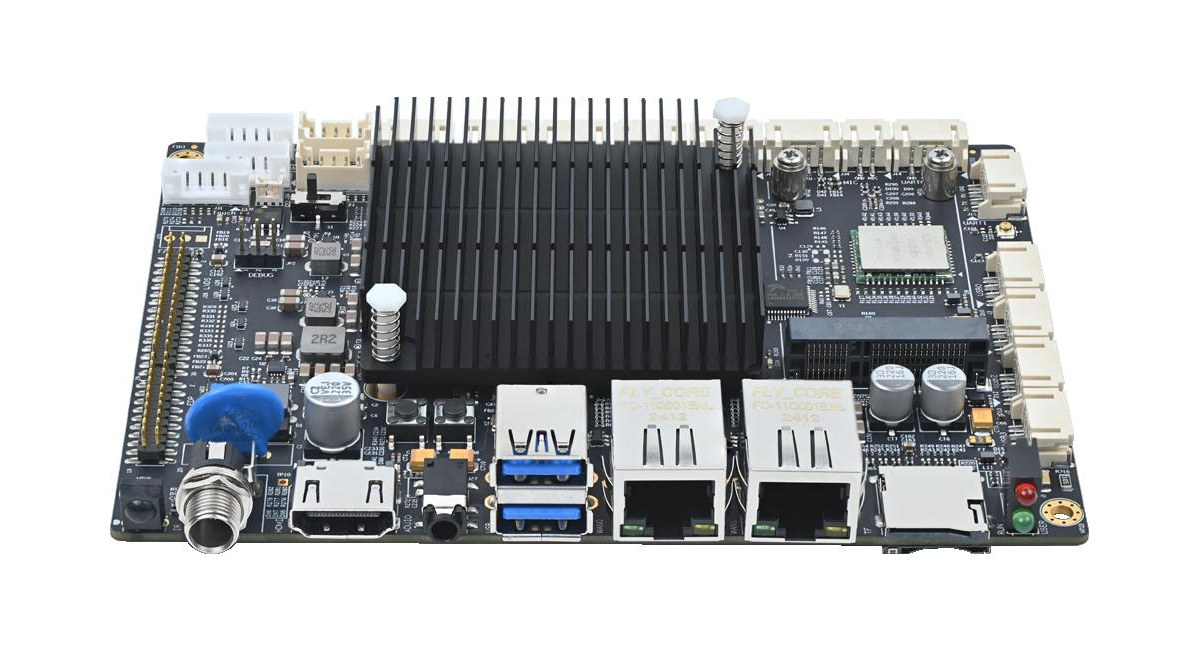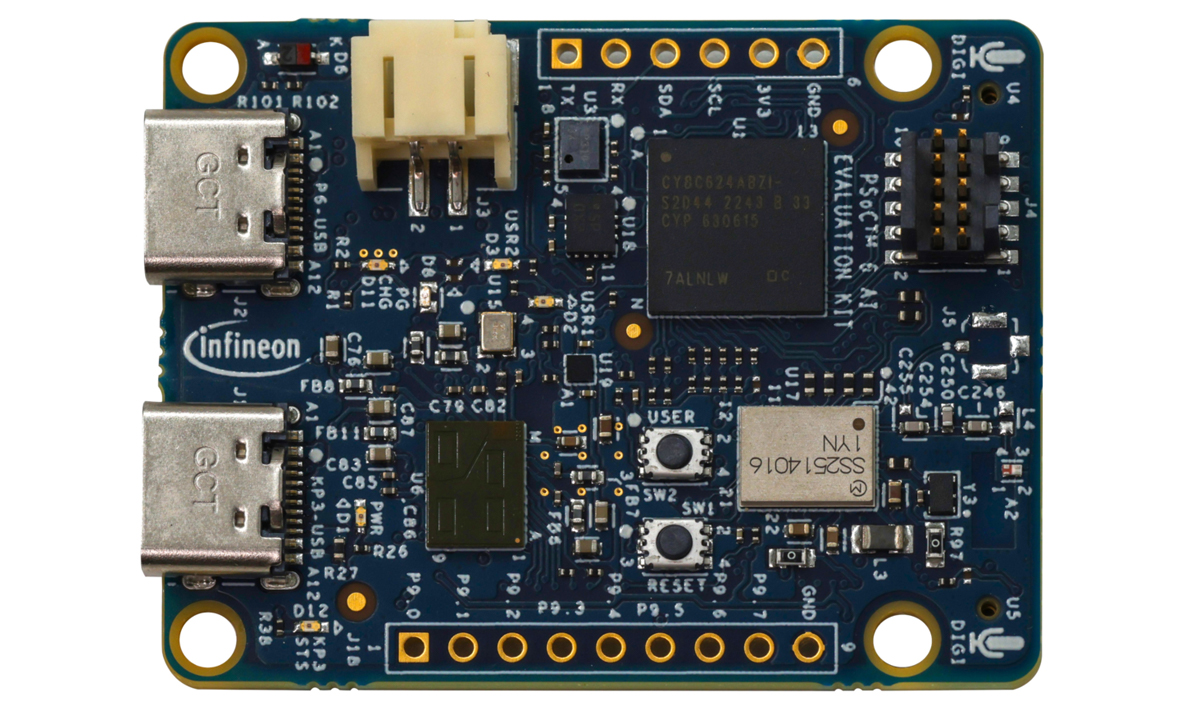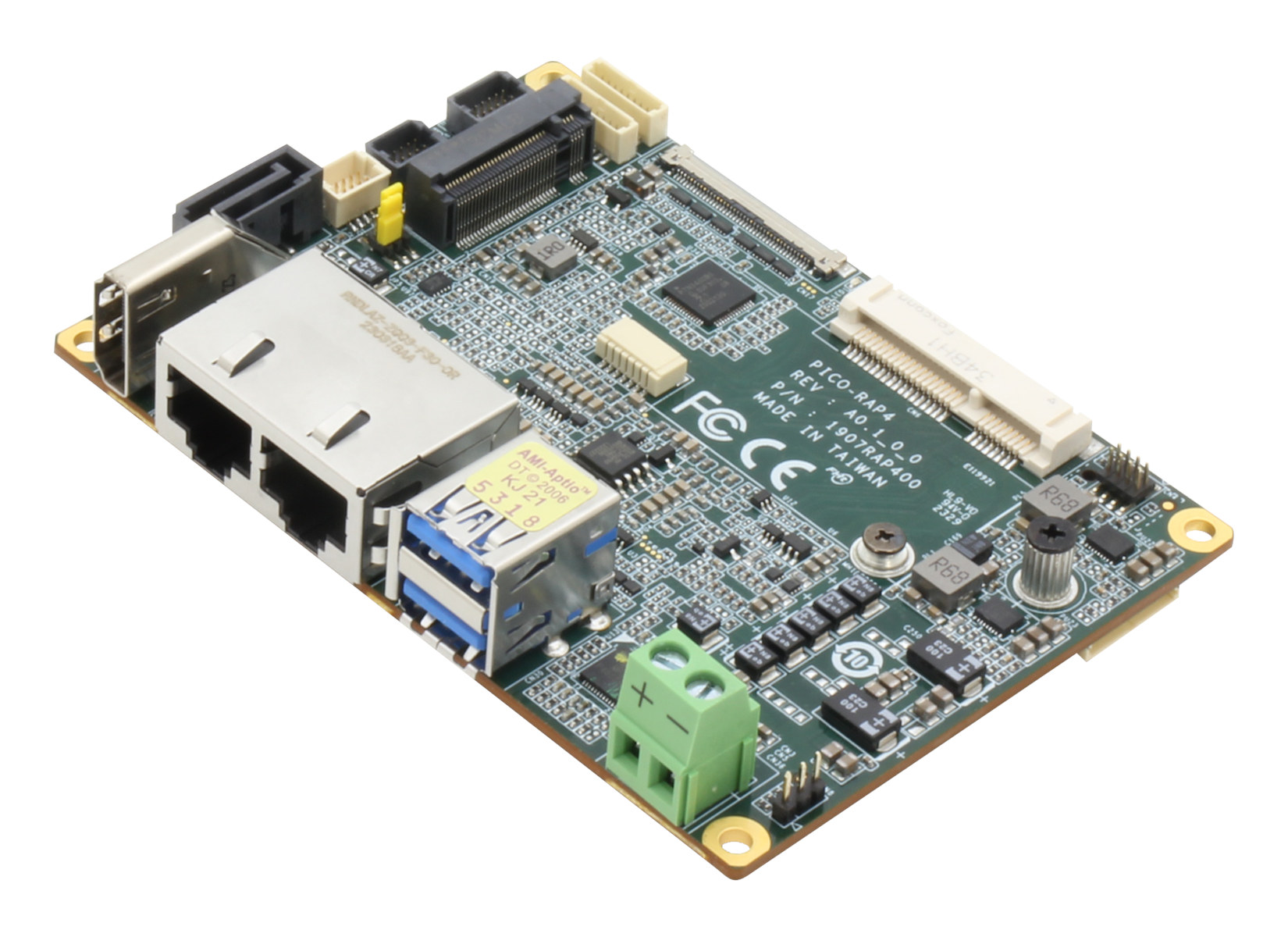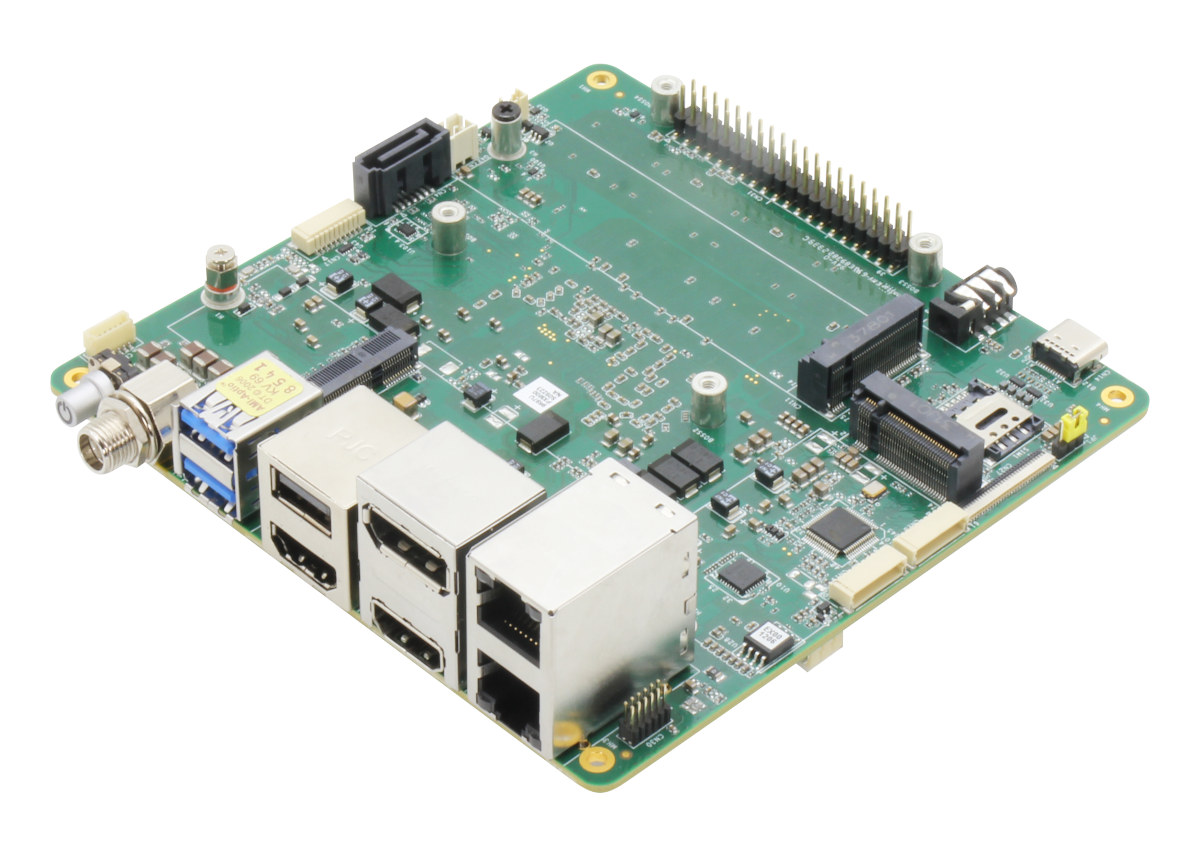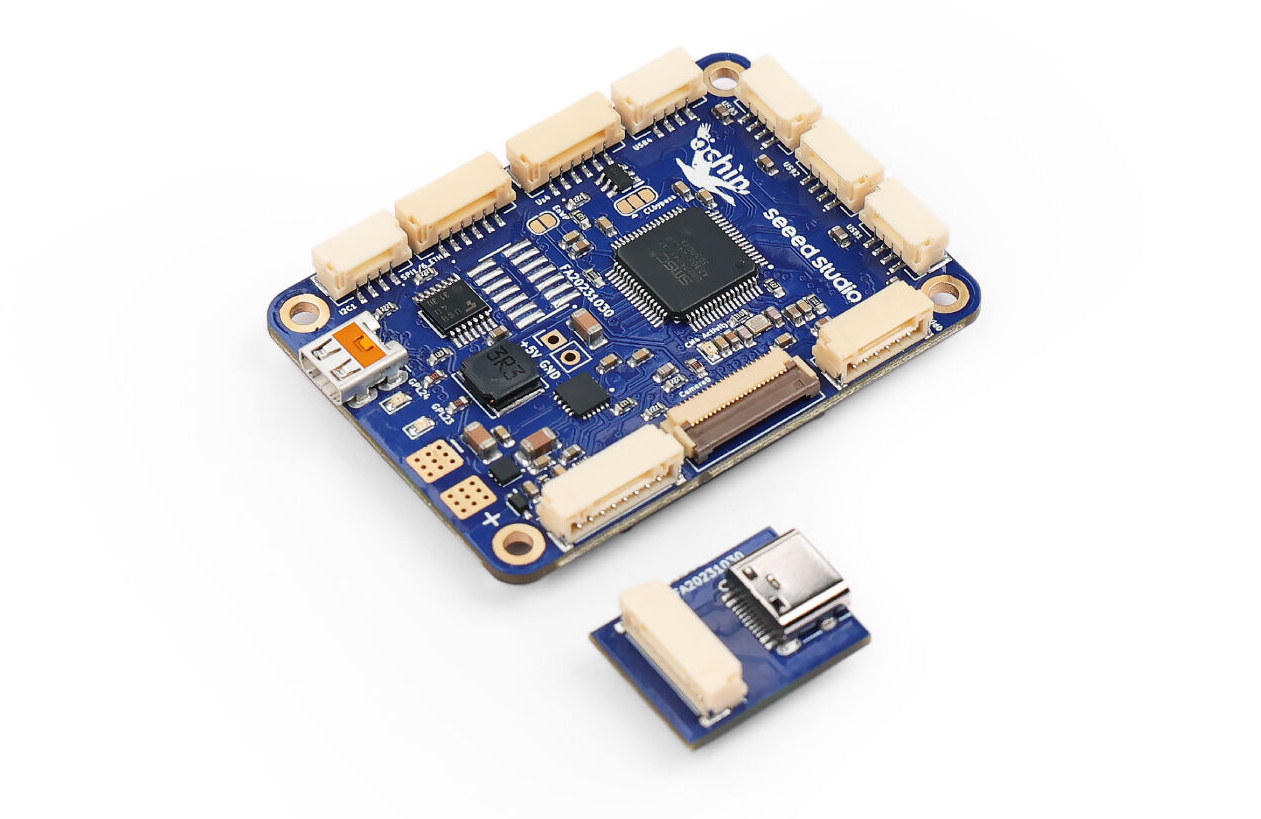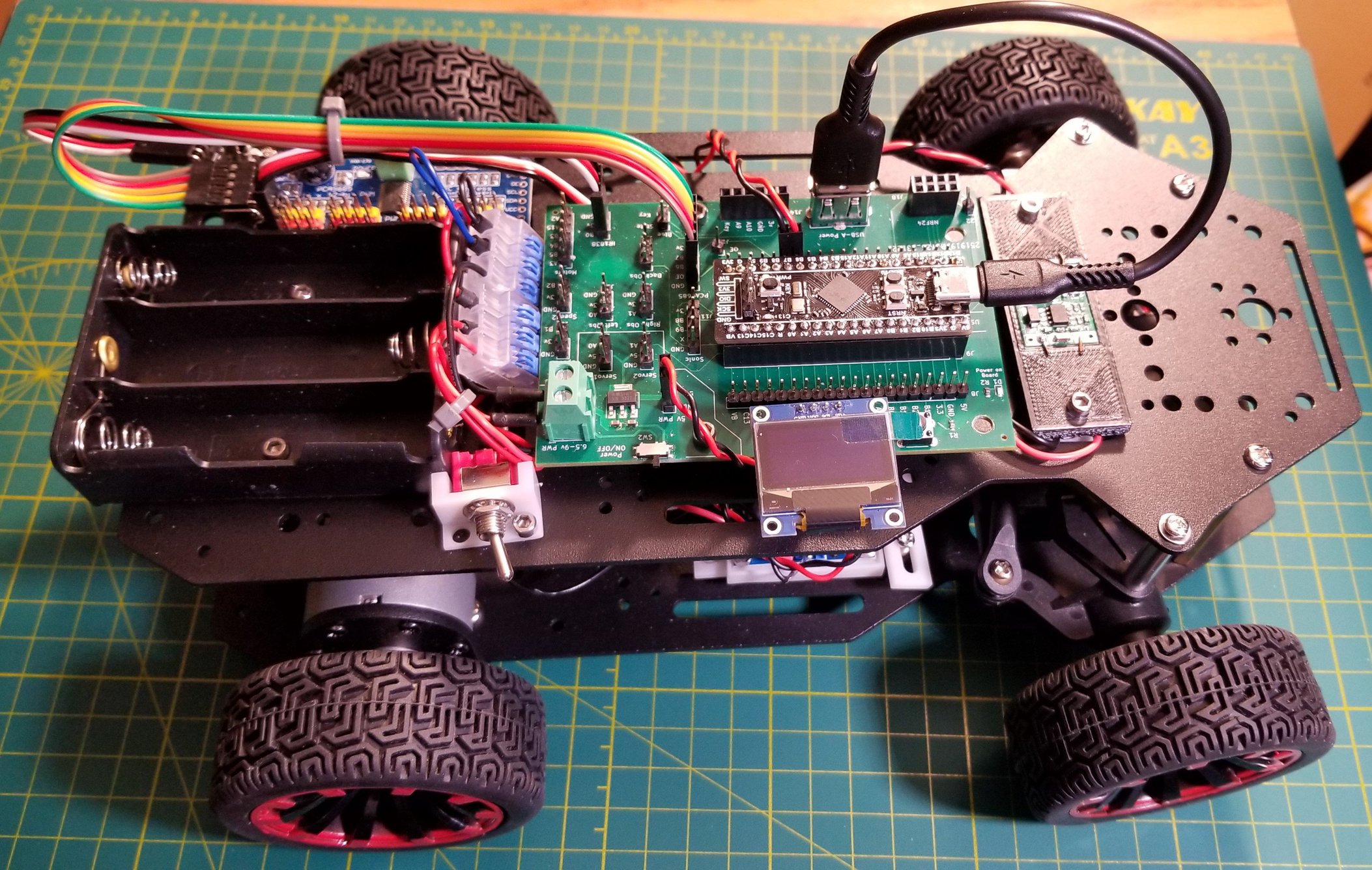PCBWay, one of the most popular PCB manufacturers around the world, is now almost 10 years old, and the company has started a promotional event for the PCBWay’s 10th anniversary with discount coupon codes, free boards, modules, tools, or kits, charity sales, and more. To get started, go to the 10th anniversary page, and click Enter to log in with your existing credentials or sign up for a new account with your email address. If you are a new user, you’ll also receive a welcome email with a special $5 coupon offer for 10 pieces of an up to 2 layer board and a $29 special offer for 1-20 pcs assembly following a long-term price reduction to celebrate the company’s 10th anniversary. After a customized welcome message, you’ll get access to a range of coupon codes to get discounts from $5 up to $240 for your next PCB order or even […]
Allwinner T527 digital signage and Smart Display board offers HDMI, eDP, MIPI DSI, and LVDS display interfaces
MYiR Tech’s MYD-LT527-SX is a board designed for digital signage and Smart Display applications based on the MYC-LT527 Allwinner T527 system-on-module from the company and offering a range of display interfaces namely HDMI, eDP, MIPI DSI and dual-channel LVDS. The digital signage board builds upon MYiR Tech’s MYD-LT527 development board with a larger design featuring many of the same ports (dual GbE, USB 3.0, audio jack, HDMI output), and plenty of connectors for expansion including additional USB 2.0 interfaces, speaker and microphone, RS232, RS485, CAN Bus, and more. MYiR Tech’s MYD-LT527-SX specifications: SoM – MYC-LT527 system-on-module with SoC – Allwinner T527 CPU Octa-core Arm Cortex-A55 processor with four cores @ 1.80 GHz and four cores @ 1.42GHz E906 RISC-V core up to 200 MHz DSP – 600MHz HIFI4 Audio DSP GPU – Arm Mali-G57 MC1 GPU System Memory – 2GB LPDDR4 Storage – 16GB eMMC flash, 32Kbit EEPROM 381-pad LGA […]
Infineon CY8CKIT-062S2-AI PSoC 6 Edge AI evaluation kit features multiple sensors, Arduino headers, Pmod connectors
Infineon CY8CKIT-062S2-AI evaluation kit is a hardware platform built around the PSoC 6 family of MCUs and designed to help developers easily create and test edge AI applications. The dev board features an array of sensors including radar, microphone, magnetometer, IMU, and an air pressure sensor, which make it easy for data collection applications. The board also features Wi-Fi and Bluetooth connectivity and includes an additional expansion header that can be used to connect other modules and sensors. All of these features make this board useful for building a wide range of AI-powered applications, including smart home automation, industrial monitoring, wearables, healthcare devices, and robotics. Previously we have written about similar low-power edge AI modules such as the Digi ConnectCore MP25, the Axiomtek AIE110-XNX, and the Arducam KingKong feel free to check those out if you are interested in such low-power modules. Infineon CY8CKIT-062S2-AI Evaluation Kit specifications: MCU – Infineon […]
2.5-inch Pico-ITX SBC features 13th gen Raptor Lake SoC up to Intel Core i7-1370PE
AAEON PICO-RAP4 is a 2.5-inch Pico-ITX SBC powered by Intel Raptor Lake processors from the penta-core Intel Processor 300U up to a 14-core Intel Core i7-1370PE, equipped with up to 32GB DDR5 SO-DIMM memory, and supporting M.2 NVMe, SATA, and mSATA storage devices. The Pico-ITX board also features two Ethernet ports (2.5GbE + GbE) with TCC and TSN support, HDMI and eDP/LVDS display interfaces, multiple USB ports, two RS232/RS422/RS485 interfaces, and I2C and GPIO interfaces for further expansion. AAEON PICO-RAP4 specifications: SoC – 13th gen Raptor Lake SoC (one or the other) – Note frequencies shown as base frequencies Intel Core i7-1370PE 14C/20T processor @ 1.9GHz with Intel UHD Graphics; PBP: 28W Intel Core i7-1370PRE 14C/20T processor @ 1.9GHz with Intel UHD Graphics; PBP: 28W Intel Core i5-1340PE 14C/16T processor @ 1.8GHz with Intel UHD Graphics; PBP: 28W Intel Core i3-1320PE 8C/12T processor @ 1.7GHz with Intel UHD Graphics; PBP: […]
Waveshare MAX9296A GMSL camera board is designed for NVIDIA Jetson Orin developer boards
Waveshare MAX9296A GMSL camera board allows two cameras to be connected to the Jetson Orin Nano / NX developer boards. The board is built around a MAX9296A Deserializer IC and supports GMSL1 and GMSL2 protocols and ensures fast, low-latency video transmission. The board uses a high-speed interface for transmitting video data, making it ideal for applications like self-driving cars, machine vision, and security systems. Previously we have seen GMSL used in products like AAEON BOXER-8645AI, Neousys Technology NRU-110V, and others. We have also written about NileCAM21 which can work with a 15-meter-long cable attached to it feel free to check those out if you are interested in those products. Waveshare MAX9296A GMSL camera board specifications Waveshare part number – MAX9296-GMSL-Camera-Board Deserializer IC – Maxim (ADI) MAX9296A Host support – NVIDIA Jetson Orin Nano / Jetson Orin NX dev boards Serializer model support – MAX9295, MAX96717, MAX96705, etc. GMSL input – 2-ch GMSL2 (compatible […]
UP Xtreme i14 SBC offers Intel Core Ultra 5/7 Meteor Lake SoC, up to 64GB LPDDR5 for robotics and AIoT applications
AAEON has launched the UP Xtreme i14 SBC based on a choice of Intel Core Ultra 5/7 Meteor Lake SoCs, up to 64GB LPDDR5, M.2 PCIe sockets and a SATA port for storage, 2.5GbE and GbE interfaces, four 8K capable video output ports (HDMI, DP, and USB-C), a MIPI CSI camera interface, and more. The 14th Intel Core Ultra 5/7 SoC features up to 16 cores, Intel Arc graphics, and an Intel AI Boost NPU that deliver up to 32 TOPS combined and make the UP Xtreme i14 board especially suitable for applications such as Autonomous Mobile Robots (AMR), Smart Retail, and AI-assisted healthcare imaging. UP Xtreme i14 specifications: Meteor Lake-H/U SoC (one of the other) Intel Core Ultra 7 165H 16-core (6P+8E+2LPE) processor @ 1.4 / 5.0 GHz with 24MB cache, Intel 8Xe LPG graphics @ 2.3 GHz, Intel AI Boost NPU; TDP: 28W Intel Core Ultra 7 155H […]
Ochin V2 tiny Raspberry Pi CM4 robotics carrier board gets micro HDMI port, Fast Ethernet support
Ochin V2 is an update to the tiny Ochin Raspberry Pi CM4 carrier board for robotics applications and drones that adds a micro HDMI port, support for Fast Ethernet through pads or a GHS connector (no RJ45 connector), two user LEDs, and a few other changes. The form factor remains the same at just 55 x 40 x 4.7mm, or about the size of a Raspberry Pi Compute Module 4, which in combination with a range of USB, UART, I2C, and SPI interfaces, makes it an ideal candidate for space-constrained applications such as robotics system or UAVs. Ochin V2 specifications (differences against Ochin v1 shown in bold or strikethrough): Supported modules – Raspberry Pi CM4 with Broadcom BCM2711 quad-core Cortex-A72 processor, up to 8GB RAM, up to 32GB eMMC flash (the CM4 Lite is not supported since there’s no microSD card on the board), 4Kp60 H.265 decode, 1080p30 H.264 encode, […]
Easily build a robot car with the Car Base Board for the STM32F411 “Black Pill” board
The Car Base Board from Applying Microcontroller Solutions is a modular platform for building robot car projects powered by the WeAct Studio Black Pill development board. The Black Pill board is an upgrade to the “Blue Pill 2” board and features the STM32F411CEU6 microcontroller running at 100MHz with 512 KB of flash memory, 128 KB SRAM, and a USB Type-C port for power and programming. The Care Base Board printed circuit board is a base controller that takes hardware expansions such as wireless modules, servos, and sensors to monitor and control a robot car. The onboard headers provide a straightforward way to wire these connections and help prevent a tangled mess (rat’s nest) of wires. The PCB’s design makes it easy to use widely-available, “generic” devices and boards in development and to power all of them with batteries. It also allows the developer to select their favorite wireless communication device. […]



